BALTIMORE, MD – The Maryland Zoo in Baltimore is pleased to announce that Kesi, a two-year-old reticulated giraffe (Giraffa camelopardalis), and Badu, a two-year-old African lioness (Panthera leo), have joined the Zoo. “We are very happy to welcome these two animals to our Zoo,” said Don Hutchinson, president/CEO of The Maryland Zoo. “Each will help create a new dynamic with their respective herd or pride, and we hope that our visitors will enjoy learning about them and their species during their visits to the Zoo.”
Kesi (Kess-ee) arrived at the Zoo on Friday, October 12, from the Fort Wayne Children’s Zoo in Fort Wayne, Indiana. “Kesi arrived at the Zoo after a 10-hour road trip from Fort Wayne, and she is in excellent health,” said Mike McClure, general curator. “We are very happy to have her at the Zoo and think she will be a great companion to our two giraffe, Angel and Caesar.”
Kesi was born at the Fort Wayne Children’s Zoo in June of 2010 to mother Luna and bull Jelani. “She is a very sweet, young giraffe,” continued McClure. “Right now she stands about 11 feet tall and weighs around 1000 pounds. She has recently completed her 30-day quarantine, as is our normal protocol when bringing in a new animal. She is still acclimating to her new environment, and getting used to seeing people inside the Giraffe House. She will be slowly integrated with the other giraffe, and once that integration process is over, she will be on view outside, weather permitting.”
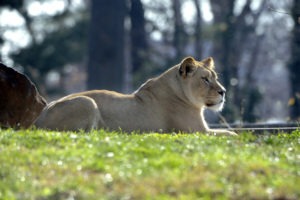
Badu (Baa-dew) arrived at the Zoo in July from the Racine Zoo in Racine, Wisconsin. After her initial 30-day quarantine, Badu was moved to the lion night quarters to begin acclimating to her new home. “For some animals the acclimation process is fairly quick, but lions can be very aggressive, so we are taking the introduction of Badu to both Cuma and Hassan very slowly,” said McClure. “Badu is very comfortable in the exhibit on her own, and we will continue with animal introductions behind the scenes with a goal of having all three lions together as a pride in a few months.”
Both animal transfers to the Zoo were the result of recommendations from the Giraffe and Lion Species Survival Plans (SSPs) coordinated by the Association of Zoos and Aquariums (AZA). SSPs provide breeding recommendations to maximize genetic diversity, with the goal of ensuring the long-term survival of the captive population and the health of individual animals. Currently there are approximately 600 giraffe and 220 African lions in AZA-accredited zoos throughout the United States.
“The public can see Kesi daily inside the Giraffe House,” continued McClure. “However, Badu’s presence in the lion yard will not be as predictable. She will be on-and-off exhibit as she is introduced to both Cuma and Hassan — that schedule shifts daily based on a variety of factors.”

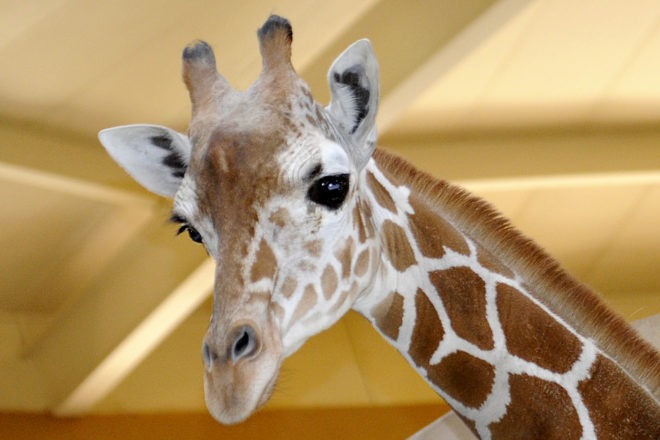
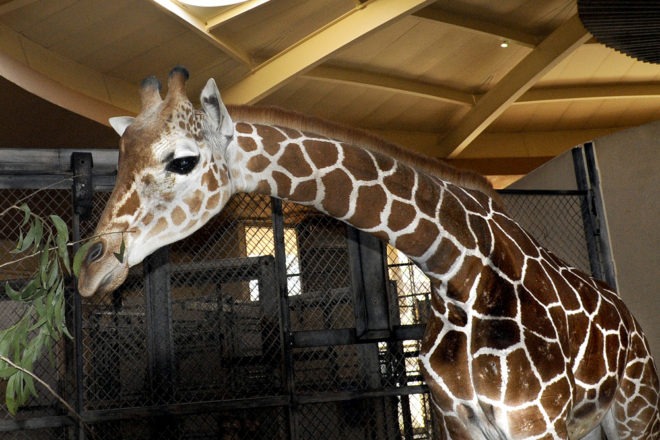
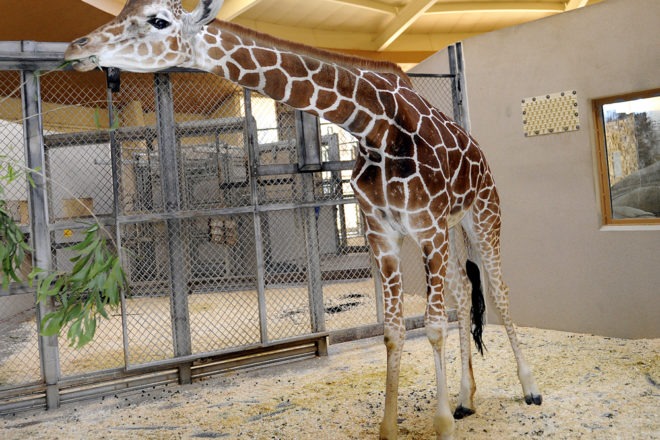
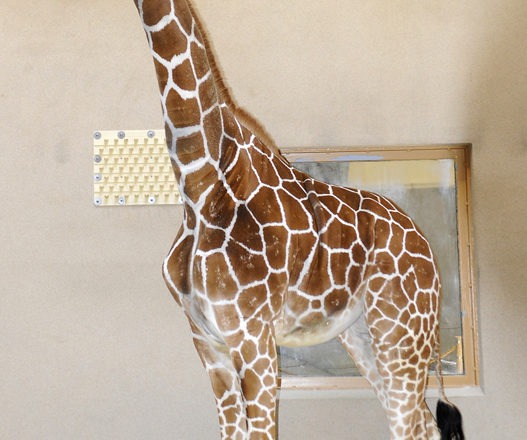
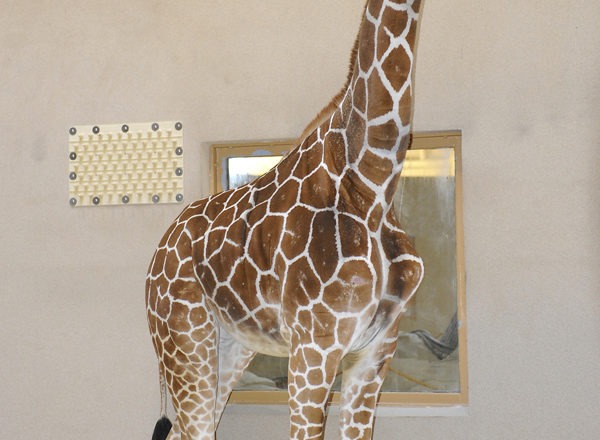
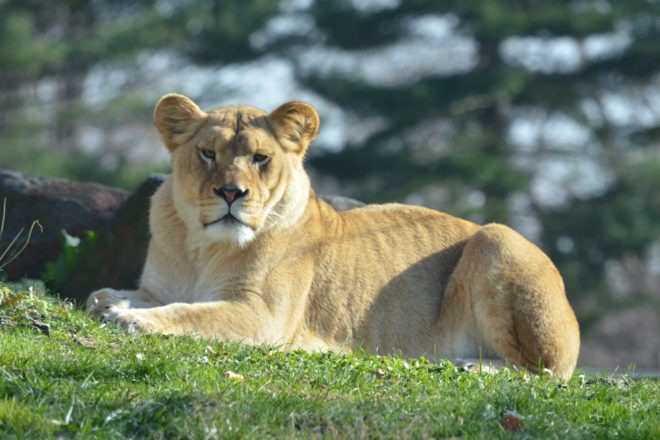
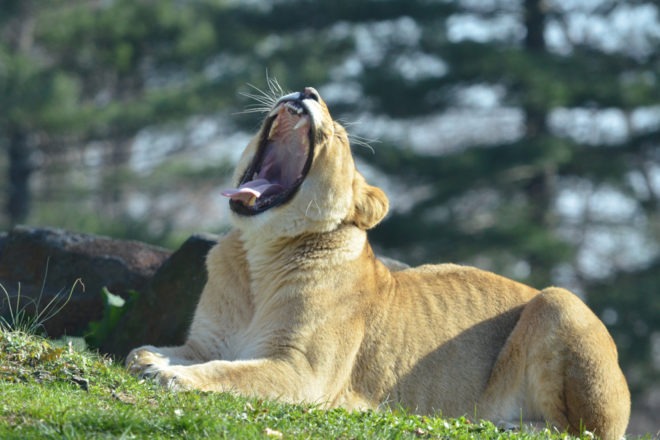
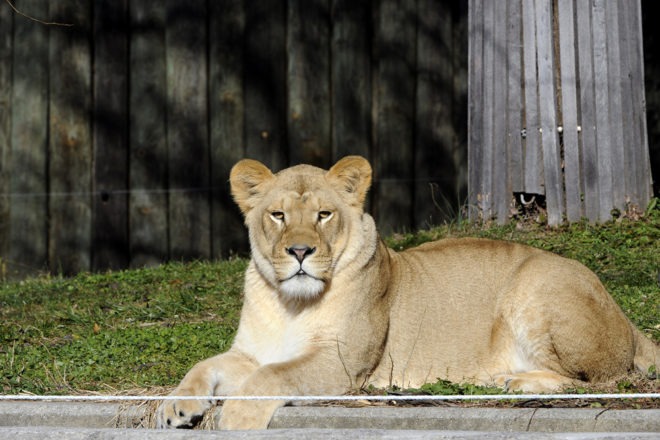
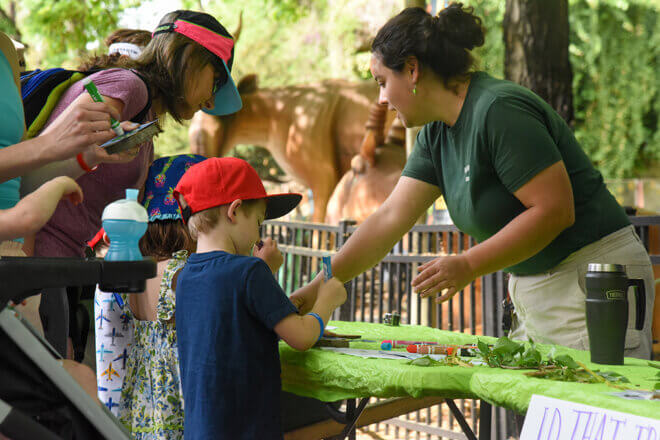



Share this article